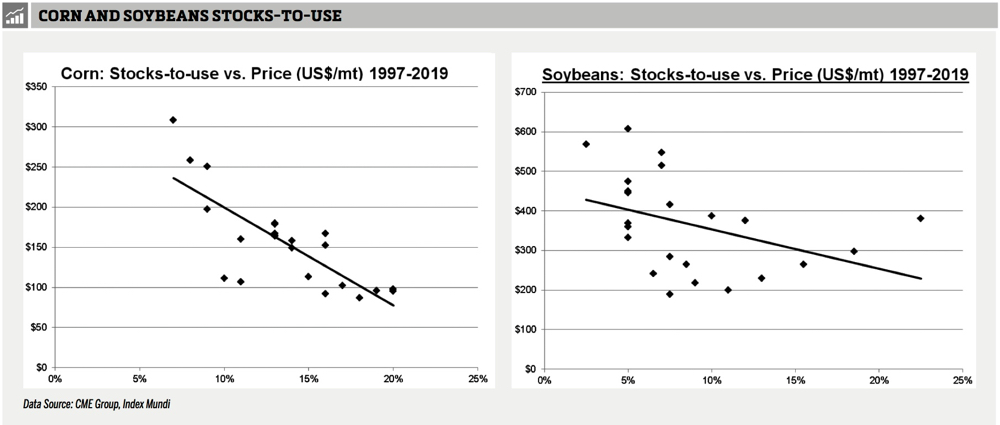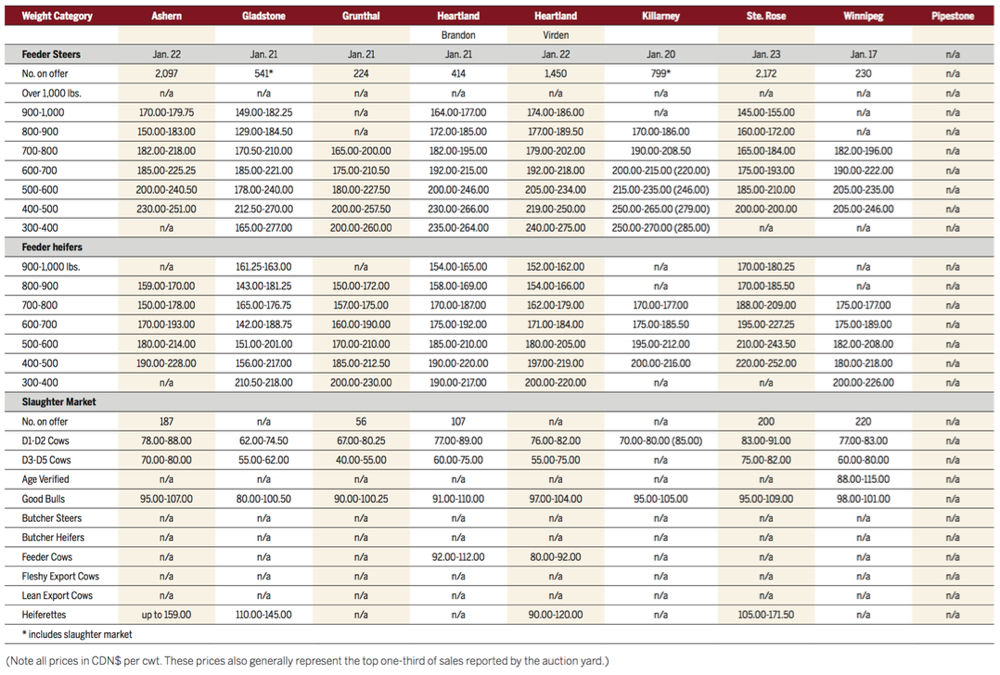ICE Futures canola contracts crashed and burned during the week ended March 1, hitting fresh lows in the front months every day of the week. Concerns over Chinese demand coupled with bearish technical signals accounted for much of the selling pressure.
While Canadian political attention was largely on other matters during the week, the simmering diplomatic dispute with China remained front and centre as far as canola exporters were concerned. While nothing has ever been officially stated, anecdotal reports have seen China cutting back on fresh purchases of Canadian canola significantly over the past few months.
Read Also

Canadian canola prices hinge on rain forecast
Canola markets took a good hit during the week ending July 11, 2025, on the thought that the Canadian crop will yield well despite dry weather.
Worries over a slowdown in Chinese canola purchases came to a head on March 1, amid reports that China was becoming stricter in issuing GMO certificates for canola oil and meal imports from Canada.
Canada is moving forward with the extradition of Huawei executive Meng Wanzhou, while China is going ahead with espionage charges against two Canadians who have been in detention since December.
That backdrop of political unease does not bode well for canola sales.
Agriculture and Agri-Food Canada released updated supply/demand forecasts near the end of February, pegging the canola carry-out for both 2018-19 and 2019-20 at 2.5 million tonnes. With large supplies still in the countryside and exports slowing down, many analysts are of the opinion that the actual ending stocks could top three million.
Damage was done from a chart standpoint during the week, with the May contract falling to $455 per tonne at one point. That’s a $20 drop from the $475 area that was considered support to start the week, and among the poorest levels in more than two years.
The next support likely comes in at the psychological $450-per-tonne level, but canola should be due for a correction or at least some stability in the short term.
Aside from issues with China, prices should be at a level to encourage more end-user demand. Crush margins improved to about $95 per tonne above the futures by the end of the week, which compares with only $65 per tonne at the beginning of February.
In the United States, trade relations were also the talk of the markets. While U.S. President Donald Trump failed to make any headway in denuclearization talks with North Korea, investors were showing some optimism that a trade deal with China was getting closer.
However, the continued lack of any concrete deal had U.S. grain traders backing away and showing some caution.
China is not a major customer for U.S. wheat, and the three U.S. wheat contracts were largely trading off of their own technical and fundamental signals. Losses in European wheat prices weighed on the Chicago and Kansas City winter wheats especially, with some contract lows hit. Minneapolis spring wheat held up a little better, as the spreads between the wheat classes saw some adjustment.




















